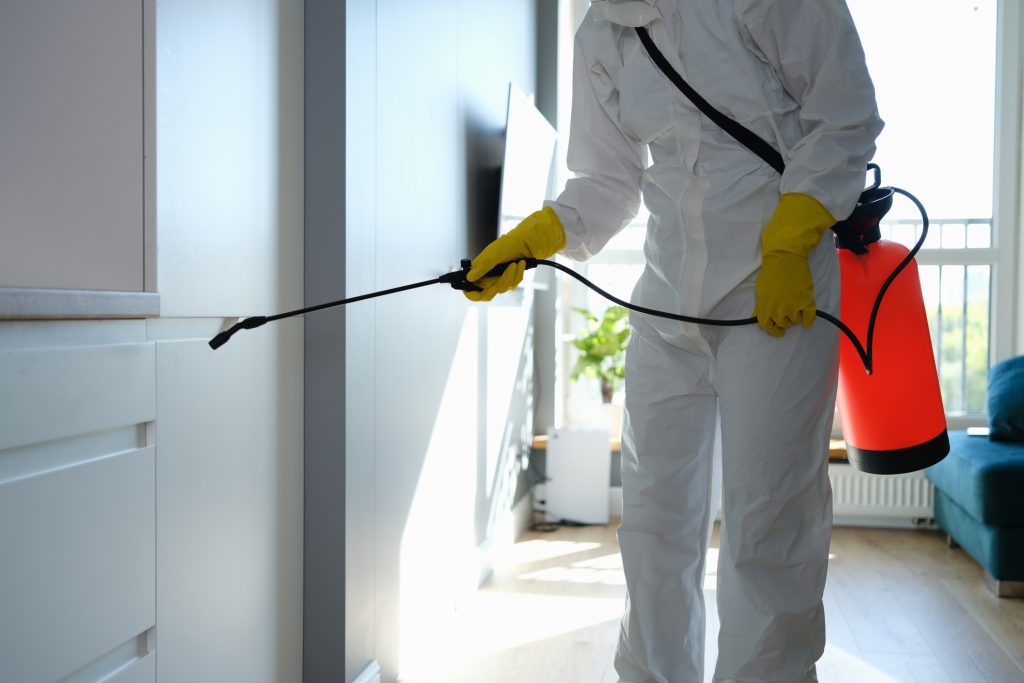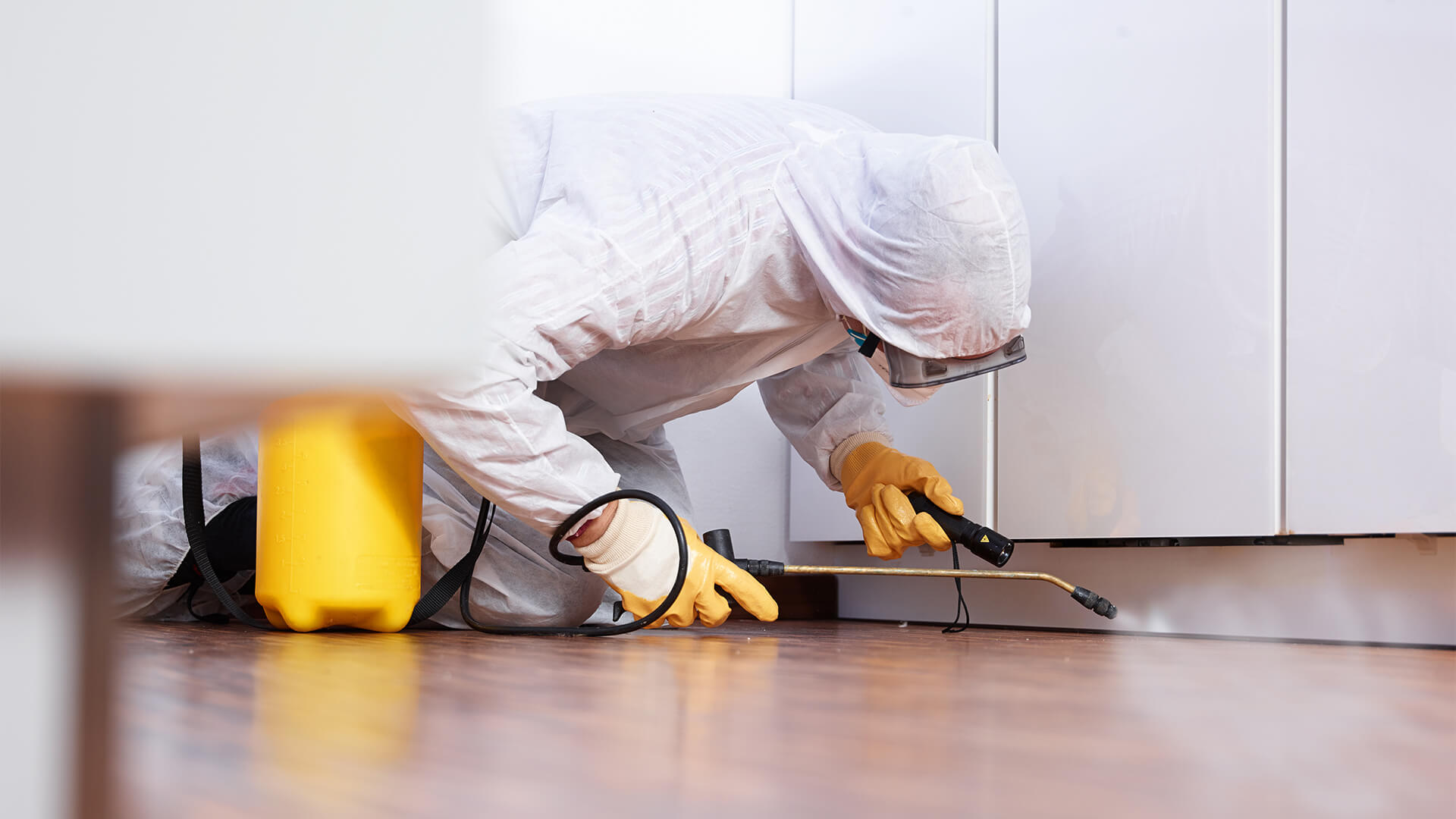Pest Control using eco-friendly and non-toxic treatment options.
Eco-Friendly Pest Control Approaches for Taking Care Of Wildlife in Urban Areas
Urban locations typically locate themselves at the intersection of human task and wild animals, bring about one-of-a-kind challenges in bug management. Environmentally friendly approaches highlight lasting conjunction, utilizing strategies such as habitat adjustment and all-natural repellents to alleviate human-wildlife disputes. These approaches not only secure the environment but likewise improve area engagement in wildlife monitoring. As city populaces remain to grow, comprehending the characteristics of wildlife communications comes to be increasingly vital. What cutting-edge methods can be executed to make certain both eco-friendly equilibrium and city safety and security? Discovering this inquiry discloses a compelling landscape of potential remedies.
Comprehending Urban Wildlife Dynamics
Recognizing Urban Wildlife Dynamics is crucial for creating efficient and green parasite control methods. Urban areas are significantly coming to be habitats for numerous wild animals types, driven by factors such as habitat fragmentation, food accessibility, and human encroachment. Identifying these dynamics permits a nuanced technique to pest management that straightens with ecological concepts.
Urban wildlife usually consists of types such as raccoons, squirrels, and birds, which adjust to city atmospheres, locating specific niches in environment-friendly areas, parks, and also suburbs. Their presence can lead to disputes with humans, specifically when they make use of personnels for food and shelter. Recognizing the habits and eco-friendly roles of these types educates techniques that decrease negative interactions while advertising biodiversity.
Additionally, recognizing the interdependencies within city environments aids in identifying crucial locations for habitat conservation and restoration. This knowledge adds to the advancement of incorporated parasite monitoring (IPM) techniques that think about the eco-friendly balance, therefore decreasing dependence on unsafe chemicals. By fostering coexistence between human beings and urban wildlife, cities can create healthier atmospheres that benefit both citizens and local communities, leading the method for lasting metropolitan living.
Natural Repellents and Deterrents
Natural repellents and deterrents offer a sustainable alternative to conventional insect control techniques by taking advantage of the power of nature to maintain unwanted varieties at bay. These green remedies normally use plant-based active ingredients, essential oils, and various other normally occurring substances that deter insects without damaging the setting.
One reliable natural repellent is peppermint oil, which is known to ward off rodents and pests. Its solid fragrance is unpleasant to numerous pests, making it a preferred selection for city setups. Vinegar and citrus peels can offer as deterrents, as their strong smells are commonly unattractive to various wild animals.
Furthermore, diatomaceous planet is a natural powder that can be spread out in locations vulnerable to insect task, successfully drying out and hindering pests without posturing dangers to non-target species. Garlic sprays and neem oil are recognized for their capacity to ward off a broad range of bugs, including both bugs and bigger wildlife.
Applying these natural repellents not just reduces reliance on chemical pesticides yet also advertises a much healthier urban ecosystem, cultivating a more balanced conjunction in between humans and wildlife. By making use of these approaches, metropolitan locations can efficiently handle parasite populations while lessening ecological impact.
Habitat Adjustment Strategies
Efficient environment modification methods play an essential function in lasting parasite monitoring by altering the setting to make it less for pest invasions. By recognizing the eco-friendly characteristics of urban areas, home proprietors can apply strategic modifications that prevent parasites while promoting biodiversity.
(Commercial pest control Port Charlotte)One key technique includes maintaining proper cleanliness. This includes normal waste removal, securing garbage containers, and eliminating standing water to lower breeding sites for bugs and rats. In addition, landscaping methods such as selecting indigenous plants can boost ecological balance, supplying environments for helpful microorganisms while lessening sources for pests.
An additional vital approach is to seal entrance factors in structures. Inspecting and repairing splits in foundations, wall surfaces, and home windows can significantly reduce pest accessibility. Furthermore, developing physical obstacles, such as fences or plant buffers, can hinder wild animals motion into human-inhabited areas.
Integrated Parasite Management Practices
Building upon habitat alteration methods, integrated parasite monitoring (IPM) methods offer an all natural strategy to regulating bug populations while minimizing ecological impact. IPM incorporates different strategies, consisting of biological, social, mechanical, and chemical controls, to attain efficient insect monitoring.
Biological control involves the intro of natural killers or parasites to decrease parasite populations. Social methods, such as plant rotation and hygiene, interrupt pest life process and decrease their environments - Pest control service. Mechanical controls, like catches and obstacles, provide instant remedy for insect stress without chemical treatment
Chemical controls are used as a last hope, focusing on targeted applications that limit injury to non-target species and the atmosphere. The choice of eco-friendly pesticides, when needed, is integral to the IPM framework. In addition, keeping an eye on parasite populations and examining possible damage helps notify decision-making, making certain that treatments are prompt and effective.
Community Involvement and Education

(Home Pest Control)Workshops and informational sessions can gear up homeowners with understanding regarding indigenous species, habitat preservation, and reliable non-toxic parasite management methods. Cooperation with schools, local organizations, and federal government firms additionally enhances educational outreach, making sure that essential info gets to varied target markets.
Furthermore, community-led campaigns, such as community clean-up days and environment remediation jobs, not just promote biodiversity yet additionally reinforce area ties. Pest Control. By urging homeowners to share their experiences and observations, neighborhoods can establish targeted methods that attend to specific local bug problems
Integrating comments from citizens into insect monitoring prepares allows a more responsive and flexible strategy to wild animals difficulties. Eventually, informed and involved areas are vital to accomplishing lasting success in eco-friendly insect control, causing healthier urban settings that appreciate both human and environmental requirements.

Final Thought
To conclude, green parasite control comes close to deal lasting options for managing city wildlife. By focusing on habitat adjustment, utilizing all-natural repellents, and implementing incorporated pest administration practices, neighborhoods can cultivate a harmonious conjunction with local animals. Furthermore, engaging homeowners through education and learning enhances understanding and motivates liable wildlife communications. Ultimately, these methods not just secure biodiversity yet also promote environmental wellness, ensuring metropolitan areas continue to be dynamic ecosystems where humans and wildlife flourish with each other.